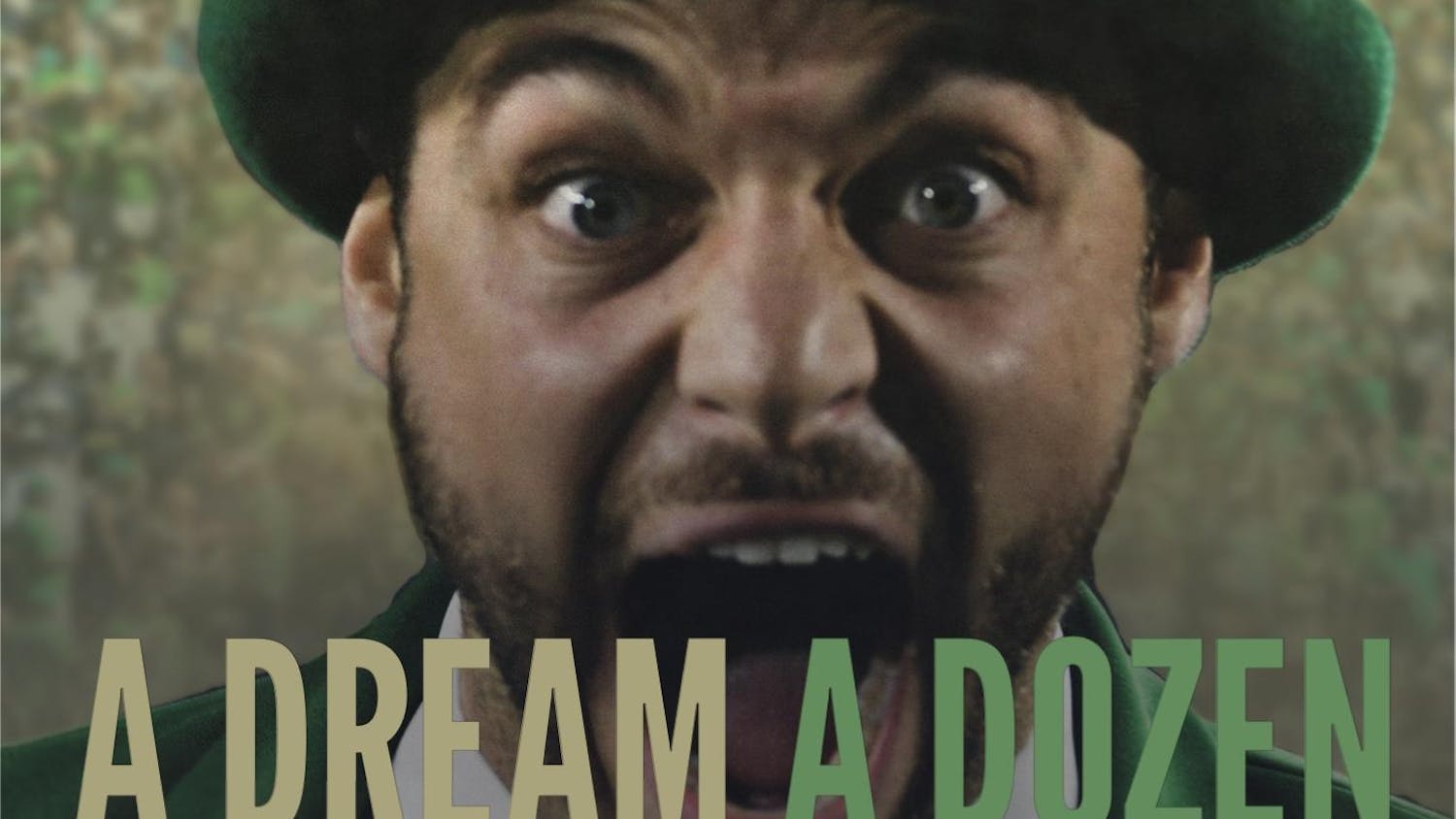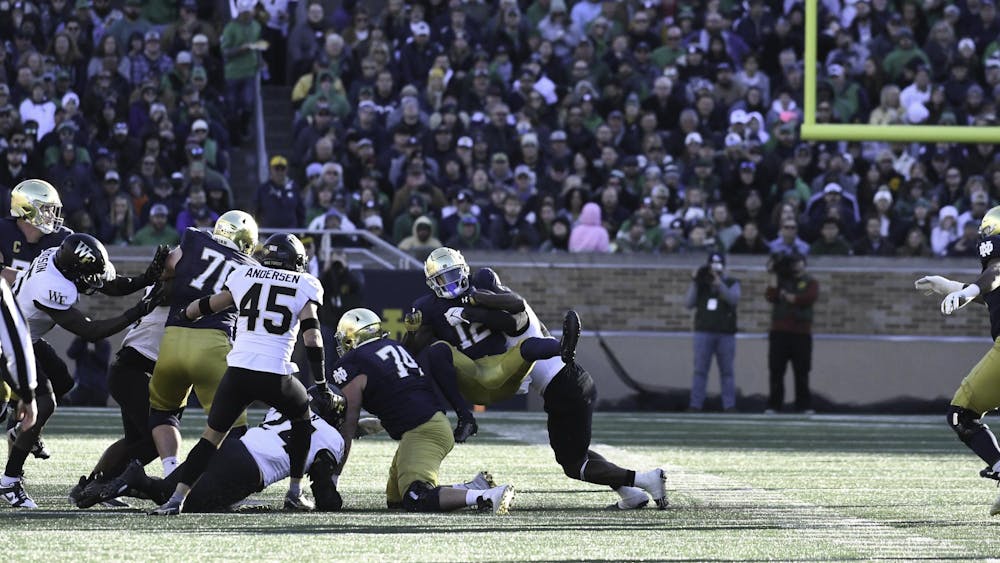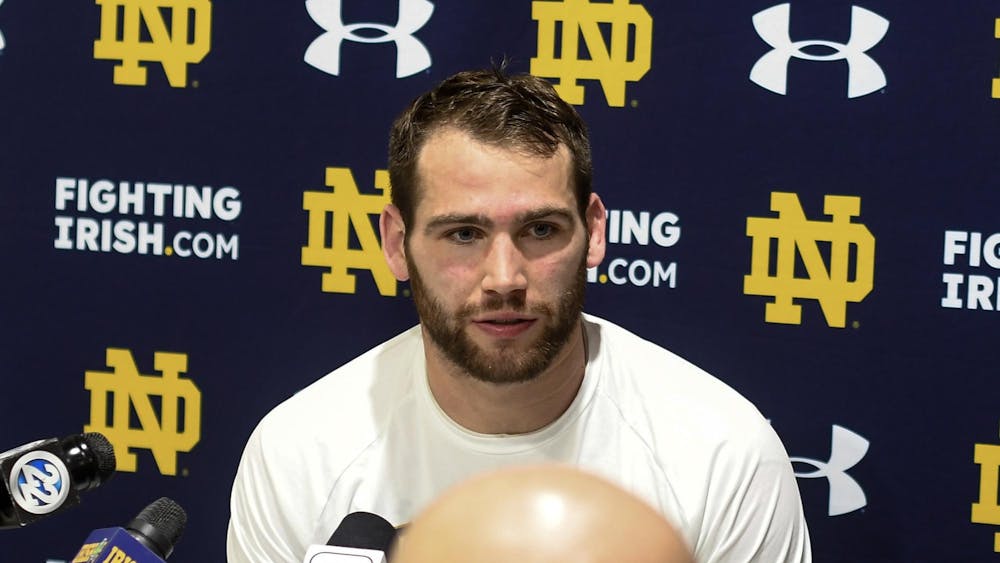Basketball was invented in Springfield, Massachusetts, by a man from Almonte, Ontario. That Canadian, who studied at McGill University in Montreal, would later go on to found the program at the University of Kansas, one of college basketball’s most storied and historic.
Yet despite all of this, the sport didn’t grow fastest and strongest in Massachusetts, nor did it in Kansas or Canada. It happened in Indiana.
Just ask James Naismith himself. After he visited Indiana in 1925, he remarked, “Basketball really had its origin in Indiana, which remains the center of the sport.”
If you took a drive around the state, you might figure out why. Even today, save for its metropolises and aging, old industrial small cities, Indiana remains a fairly rural state. Small towns dot the flat landscape of the northern two-thirds of the state, many of which surrounded a fairly populous county seat.
It was the perfect landscape for Indiana’s love affair with basketball to develop.
Especially in the early 20th century, Indiana was a farming state. So while baseball was gaining popularity in many corners of the country as America’s budding pastime, it wouldn’t work in Indiana — because the summer was for tending to the fields. During the fall, football, which required teams of at least 11, wasn’t a particularly great option for many rural kids. And unlike Michigan, the climate and topography in Indiana didn’t necessarily lend itself to hockey, either — lakes aren’t that common, and even when they freeze, they often don’t do so for long.
Enter basketball, a sport that ticked all the boxes.
In its most simple form, a kid just needed a ball and a fruit basket mounted to the wall to enjoy the solitary happiness of a shootaround, something that could be enjoyed outdoors in the warmth of summer or indoors during the cold winters. If you’ve ever wondered why Hoosiers have a knack for good jump shooting, ask a different question: What else is there to do in Indiana?
That was the backdrop to the formation of state’s love affair. In 1911, the first state tournament was held, with most of the strong schools sitting to the north and west of Indianapolis. By the end of the next decade, the game had grew statewide, something that became evident in 1928.
That year, Butler University — a small, private school that had just moved to its new campus — opened Butler Fieldhouse, now Hinkle Fieldhouse, which upon its completion became the world’s largest basketball arena, seating 15,000. While the Bulldogs’ teams were good back in the ’20s, the venue’s size shouldn’t be attributed to the popularity of the college game.
Attribute it instead to the popularity of the high school game.
It was only after the Indiana High School Athletic Association’s (IHSAA) pledge to host the state finals at Butler that the venue was constructed so large, and it’s an arrangement that (save for a few years) lasted into the early ’70s.
Since that first state championship in 1911, or even the first held at Butler in 1928, plenty has changed. Instead of a tipoff after every made basket, there’s now just one tip in a regulation high school or college game. We have a 3-point line now, and final scores no longer resemble the 24-17 scoreline of the first game. The IHSAA now breaks schools into four classes based on enrollment, with the single-class tournament that inspired “Hoosiers” a thing of the past.
And perhaps most crucially, suburban schools and their transient student bodies now make up the majority of the state’s best teams. In these communities, you don’t have many families where the kids are attending the same school their parents, grandparents and perhaps great-grandparents went — instead, you have a culture of general apathy, where most families in the district aren’t particularly invested in their schools’ success.
There’s a tonic, though: the small towns.
When the boys state tournament kicks off for the 107th consecutive year Tuesday night, it will be in those small communities where the passion for Indiana’s game is still felt most strongly. In towns with funny names, like Bourbon, Elnora and Switz City, a couple thousand may show up to watch schools of a couple hundred battle it out for a sectional championship. As the landscape around these communities change, their passion for the sport doesn’t.
A century ago, it was in these small towns that basketball blossomed into Indiana’s true love. Perhaps it’s fitting that today, these small towns still fulfill their roles as the centers of the sport.













